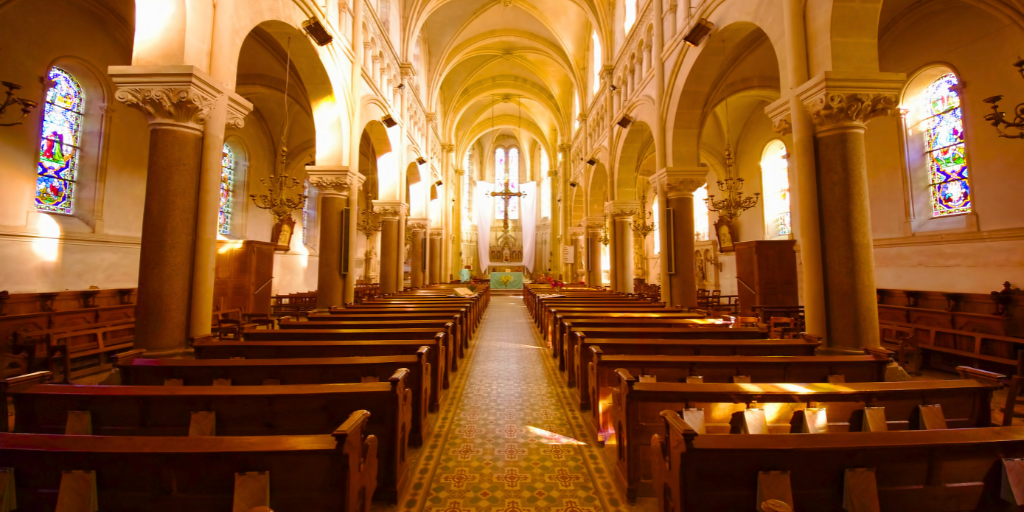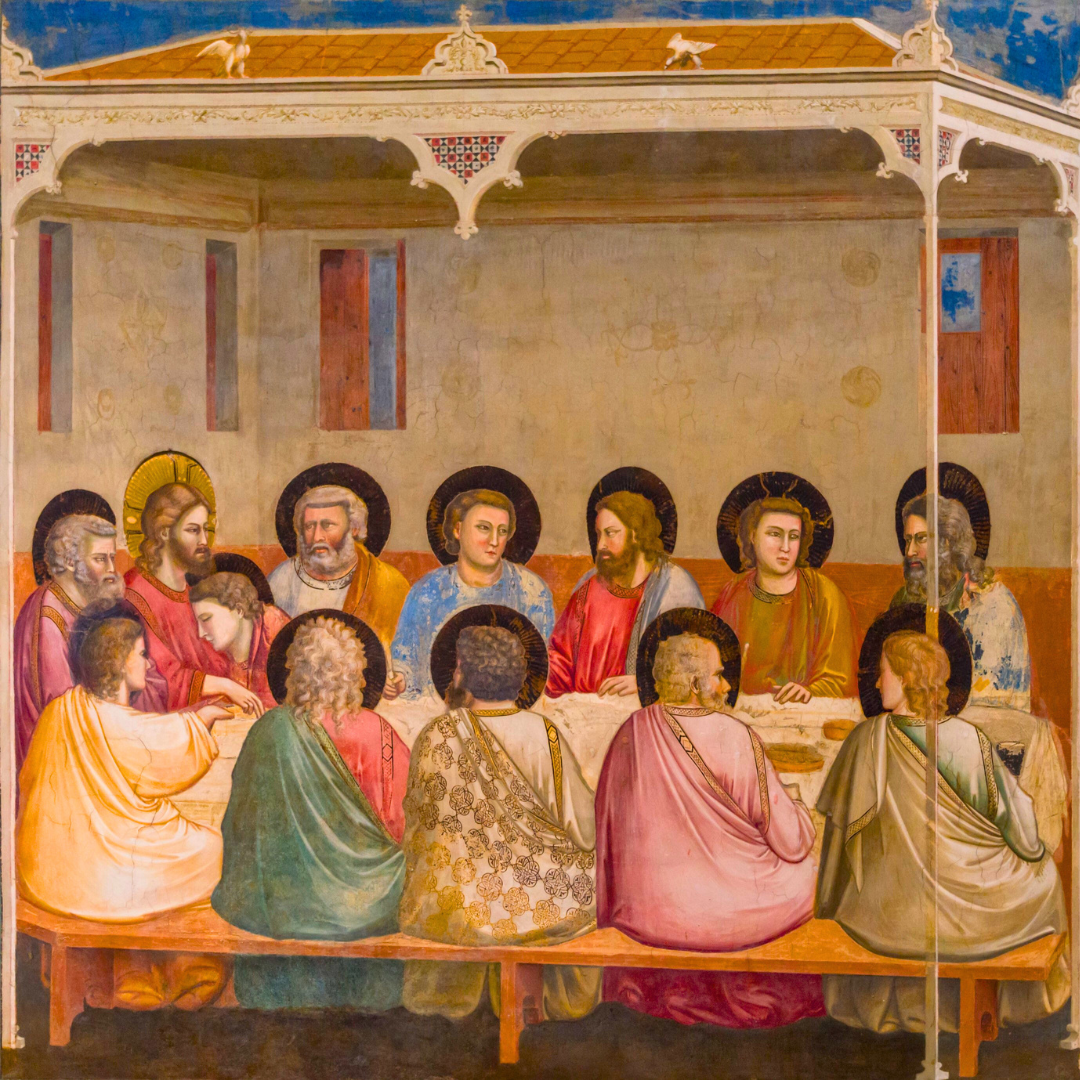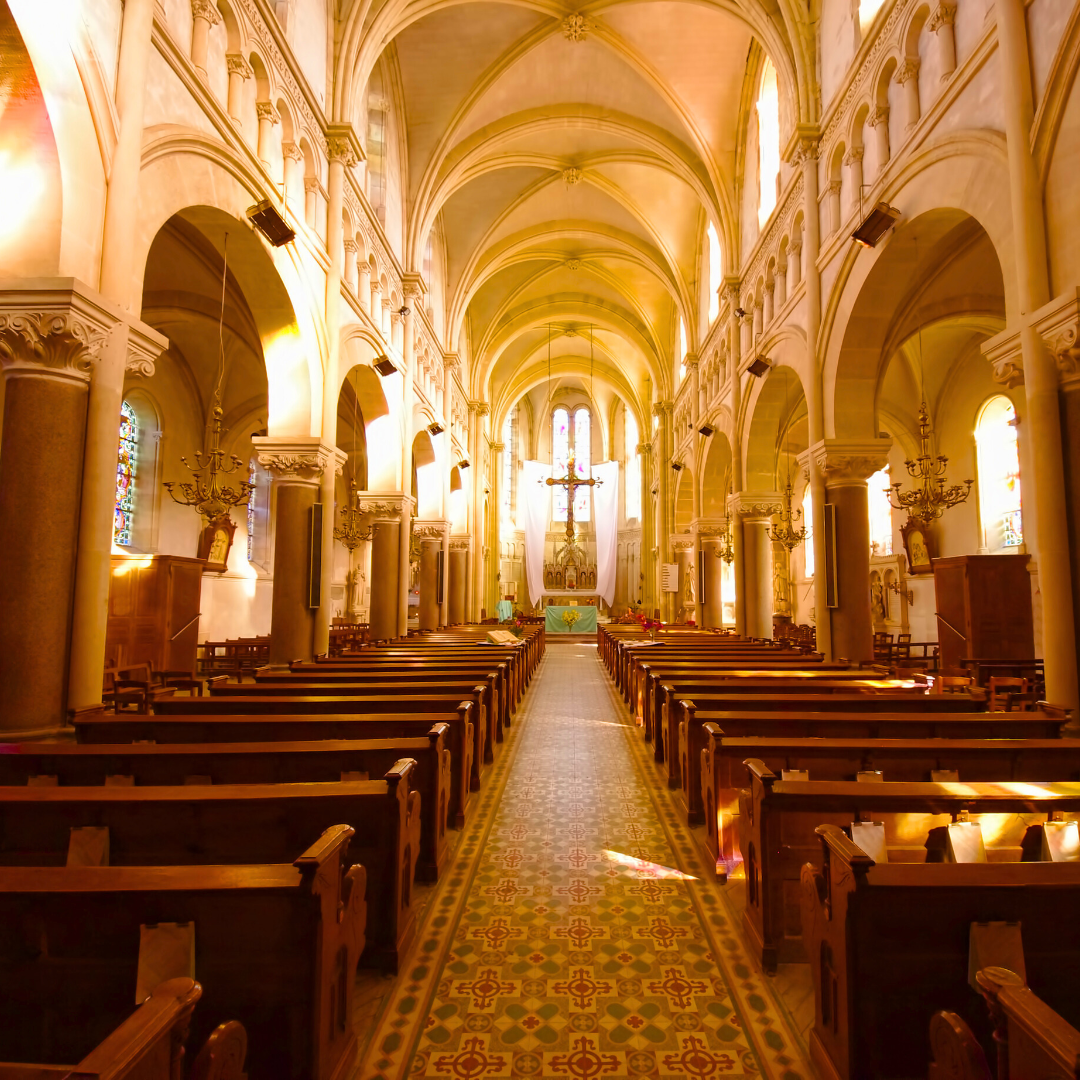
Monika Korzec considers the message in a masterpiece of sacred art, showing the dual dimensions of authority and love in the Church.
A gift can be a thing given willingly to someone without compensation, a present. It can be something that can be transferred freely from one person to another or from one person to a group. A gift can also be a natural ability or talent. A gift is something that makes others feel good. People feel special, recognized, loved, and happy when they receive gifts on special occasions.
In a way, gifting is a transaction in which the giver wants to express appreciation and a unique relationship with the recipient. Gifts can be simple, or they can be really elaborate. People may have different ideas of the best possible gift; however, regardless of the subjective view, the objective truth has its roots in the divine law. The greatest gift in the entire universe is God’s grace.
What is God’s grace?
In simple terms, grace is God’s love extended beyond the Trinity. A love that God wants to share with his Creation, a love through which God’s gift of himself is given freely to us. Therefore, we know who the giver is, what the gift is, and that this gift needs to be somehow delivered and received by the recipient. Thus, through the Mystery of Incarnation, the greatest gift of the gifts, Jesus Christ comes to the world to reveal God’s love to us.
Starting at Creation, and the fall of Adam and Eve, through Noah, Abraham, Isaac, Moses, and many prophets, God slowly prepared people for the establishment of the Church. What Eve lost in the garden of Eden, Mary, full of grace, regained through her fiat. Mary accepted God’s request to bear His Son and to journey with Jesus until God’s will is fulfilled. Therefore, our Theotokos, in a moment of a great experience of pain and sorrow at the foot of the cross, becomes the Mother of all when Jesus instructs her to take John as her son and when Jesus asks John to take Mary as his mother (cf. John 19:26-27).
I hope that Giotto’s painting, Last Supper, can help us to better understand the message.

This image shows the relationship between the disciple John and Jesus. John is resting his head on Jesus’s chest as if he is listening to Jesus' heart. His face is very calm; his eyes are closed, giving the impression that nothing else in this world matters. Closed eyes signify that John is not exposed to any outside distractions. However, I believe that the eyes of his heart are fully open, and they can see the invisible (the grace of love). John recognizes the love that embraces him. It is interesting to see that the two body parts, the heart of one person and the head of another person, come to such close contact in this particular position. There is practically no distance between those two separate human organs.
I wanted to bring out this little detail as it helps to understand the two dimensions of the Church: the Petrine and the Marian influence. The image of the head is often associated with the Petrine view. The Petrine office is often associated with power and authority in the Church. The image of the heart, on the other hand, is associated with love. And Mary is a perfect example of what it means to accept love and to love in return. The sword of pain marked her heart, but that pain only allowed her to love more. It was a powerful love of a quiet woman who pondered all the divine mysteries in her heart. Indeed, she was powerful, but her power was invisible to the people of her time.
Another theme that this painting helps me to reflect on is the challenges that the Church may experience when the relationship between the head and heart is not recognized or not understood correctly. Through His grace, God gifts the members of the Church with talents and charism. The love that flows from those gifts needs to be adequately discerned by those authorized to exercise the power of service in the Church. However, from studying the history of the Church, we know that power and authority were misused very often and applied toward personal advancement instead of being the tools of service in the Church.
The closeness of John’s head to the heart of Jesus is like pre-configuration of what will happen at the foot of the cross: the spiritual reception of the Church in which Peter, the head, listens to the heart of God through Mary because she is the one who, under her own heart, allowed the Mystery of Incarnation to be put in motion.
The Church is God’s gift that needs to be received and embraced by those willing to enter the structure built by the Holy Spirit. This structure is a structure of love and service where charism, individual gifts, and talents are used to grow the kingdom of God. This spiritual structure is supported by the visible office of Peter and the Marian model of self-sacrifice that becomes God’s gift of ultimate love for the world.

Copyright 2023 Monika Korzec
Images: Giotto, Public domain, via Wikimedia Commons; Canva
About the Author

Monika Korzec
Monika Korzec is a wife and a mother of three children and works as a Pastoral Minister at a Catholic family of parishes in London, Ontario. She also manages a ContemplativeRetreat.com website. Her deep interest in spiritual formation put her on a path of exploring the mysticism of parenthood through her studies in the Doctor of Ministry degree programme.


.png?width=1806&height=731&name=CatholicMom_hcfm_logo1_pos_871c_2728c%20(002).png)
Comments